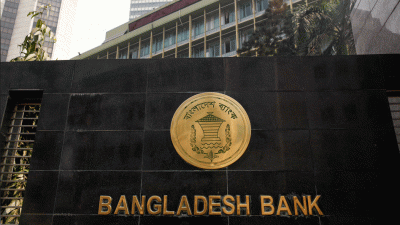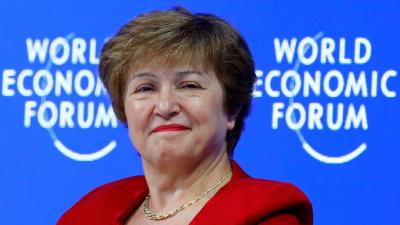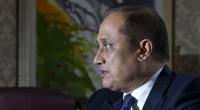 Bangladesh is one of the seven economies worldwide expected to sustain growth rates of around 7 percent in the 2020s, says a recent study by Standard Chartered Bank.
Bangladesh is one of the seven economies worldwide expected to sustain growth rates of around 7 percent in the 2020s, says a recent study by Standard Chartered Bank.
Bangladesh’s per capita GDP is expected to rise from $1,600 in 2018 to $5,700 in 2030 while the forecast for India is $5,400 from the current $1,900, according to a research note by the bank’s India-based Head of Thematic Research Madhur Jha and Global Chief Economist David Mann.
The other Asian countries in the list are Vietnam, Myanmar and the Philippines. The remaining two are from Africa— Ethiopia and Ivory Coast.
According to Standard Chartered Bank, a 7 percent growth rate means a doubling of GDP every 10 years, which means Vietnam’s per capita GDP will soar to a staggering $10,400 in 2030 from about $2,500 last year.
South Asian countries in the list should be GDP standouts as they’ll together account for about one-fifth of the world’s population by 2030, the bank reckons.
The demographic dividend will be a boon for India, while Bangladesh’s investments in health and education should juice productivity, it said.
China has been dropped from the 7 percent club after a member of the club for almost four decades, which reflects slowdown in economic growth and progression toward higher per-capita incomes that makes faster growth rates more difficult to sustain, according to the report.
Standard Chartered estimates the world’s No. 2 economy will keep up a 5.5 percent economic growth pace in the 2020s.
While faster economic growth isn’t a panacea — think income inequality, crime, pollution — it tends to come with a lot of positive knock-on effects, Jha and Mann wrote.
“Faster growth not only helps to lift people more quickly out of absolute poverty, but is also usually accompanied by better health and education, as well as a wider range of — and better access to — goods and services,” they say in the report. “Higher incomes resulting from faster growth also usually reduce socio-political instability and make it easier to introduce structural reforms, creating a virtuous cycle.”
In addition, 7 percent club members tend to have savings and investment rates of at least 20-25% of GDP, according to the report.
 Business
Business
41443 hour(s) 28 minute(s) ago ;
Afternoon 02:22 ; Wednesday ; Jul 09, 2025
'Bangladeshis will be richer than Indians by 2030'
Send
Bangla Tribune Desk
Published : 23:00, May 13, 2019 | Updated : 23:06, May 13, 2019
Published : 23:00, May 13, 2019 | Updated : 23:06, May 13, 2019
0 ...0 ...
/zmi/
Topics: Top Stories
- KOICA donates medical supplies to BSMMU
- 5 more flights to take back British nationals to London
- Covid19: Rajarbagh, Mohammadpur worst affected
- Momen joins UN solidarity song over COVID-19 combat
- Covid-19: OIC to hold special meeting
- WFP begins food distribution in Cox’s Bazar
- WFP begins food distribution in Cox’s Bazar
- 290 return home to Australia
- Third charter flight for US citizens to return home
- Dhaka proposes to postpone D8 Summit
Unauthorized use of news, image, information, etc published by Bangla Tribune is punishable by copyright law. Appropriate legal steps will be taken by the management against any person or body that infringes those laws.
Bangla Tribune is one of the most revered online newspapers in Bangladesh, due to its reputation of neutral coverage and incisive analysis.
F R Tower, 8/C Panthapath, Shukrabad, Dhaka-1207 | Phone: 58151324; 58151326, Fax: 58151329 | Mob: 01730794527, 01730794528






